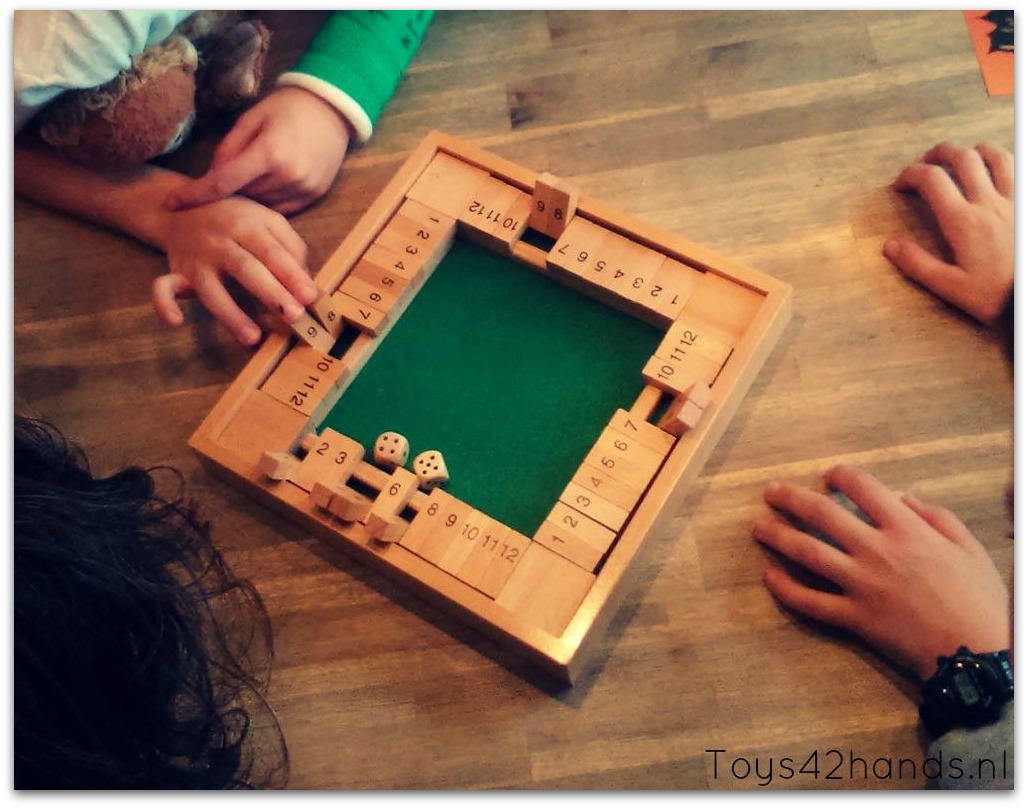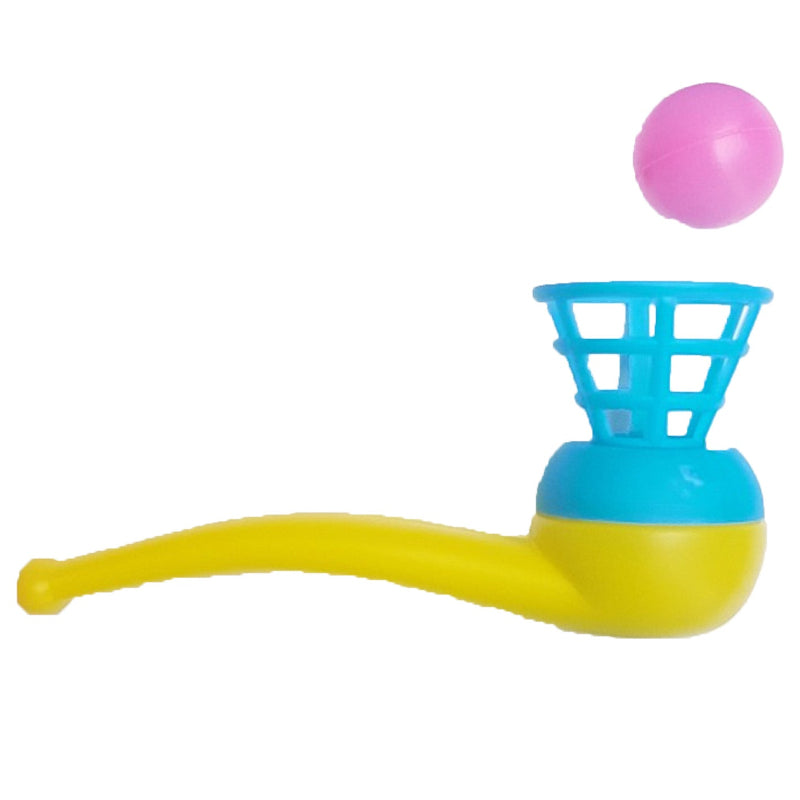Shut the box, a "must know" for everyone
Author: Claudia Benmesahel-Kruidbos
Trainer and mother
Shut The Box is a fun and educational dice game for the whole family. The aim of the game is to close as many of the 9, 10 or 12 numbered valves, depending on the variant, by rolling the dice. The first to close all the valves wins.
Simple game huh...
Why am I so excited about this game then???
Of course, because of the cognitive functions required to play it, but for children it is mainly, without them realizing it, a math game.
Example 5 and 3 
If a 5 and a 3 are rolled (total 8), you can close the flap with number 8, but also flaps 1 and 7, 2 and 6 or 3 and 5. The child may close any number of flaps, as long as the sum of the numbers on the flaps corresponds to the total number of eyes on the thrown dice.
Course of the game 
After the child has closed enough valves, he or she throws again. Now the child may close a number of valves again. If there really is no more combination possible, the game stops. The numbers of all valves that are still standing are added up and subtracted from the total as minus points.
"Shut the box" situation 
If the child manages to close all the valves, he or she will say "Shut The Box!" and automatically win the game.
Shut The Box is both a game of luck and strategy. The element of luck comes from the use of dice. The strategic aspect is in the choice of which valves to close.
Because there are often multiple possibilities to choose valves that you want to close, a calculation effort is required of your child. Here your child must not only use the cognitive function Labeling but also Data Collection.
End of the game
Did you throw, but you can't turn over anything anymore? Then you're done. You add up the number of points that you still have open (so not yet turned over) and you write them down as minus points.
The next child is now up. The child with the least minus points wins!
What does your child learn from this game?
- to count
- recognize numbers
- math: 3 + 4 = 7. What other numbers have 7 as an answer?
- automating the addition sums with 12 as the maximum result.
The game lasts as long as you want. You can both take a turn and then stop or you can take multiple turns and keep writing down the negative points to calculate later who won. The choice is yours. The game offers a fun way of adding. Your child is calculating, but your child doesn't see it that way. 
By playing this game more often, your child will automate the addition sums up to 12 as the maximum result. This means that your child already knows these sums by heart and does not have to add the numbers together again to arrive at an answer. I actually think that every family with children in primary school should have this game.
In our practice we have the 9 and 12 versions and the game is regularly lent out
A golden tip: replace the well-known dotted dice with dice with numbers.
A die with numbers makes the calculation more challenging because you tend to choose the numbers that are rolled.
2. whiteboard dice 
With a whiteboard dice you can determine which numbers get more attention, in this example the 4 which must always be combined with the other numbers.
3. dice with different sides 
Or use dice with different sides to make the game interesting again.





























Leave a comment